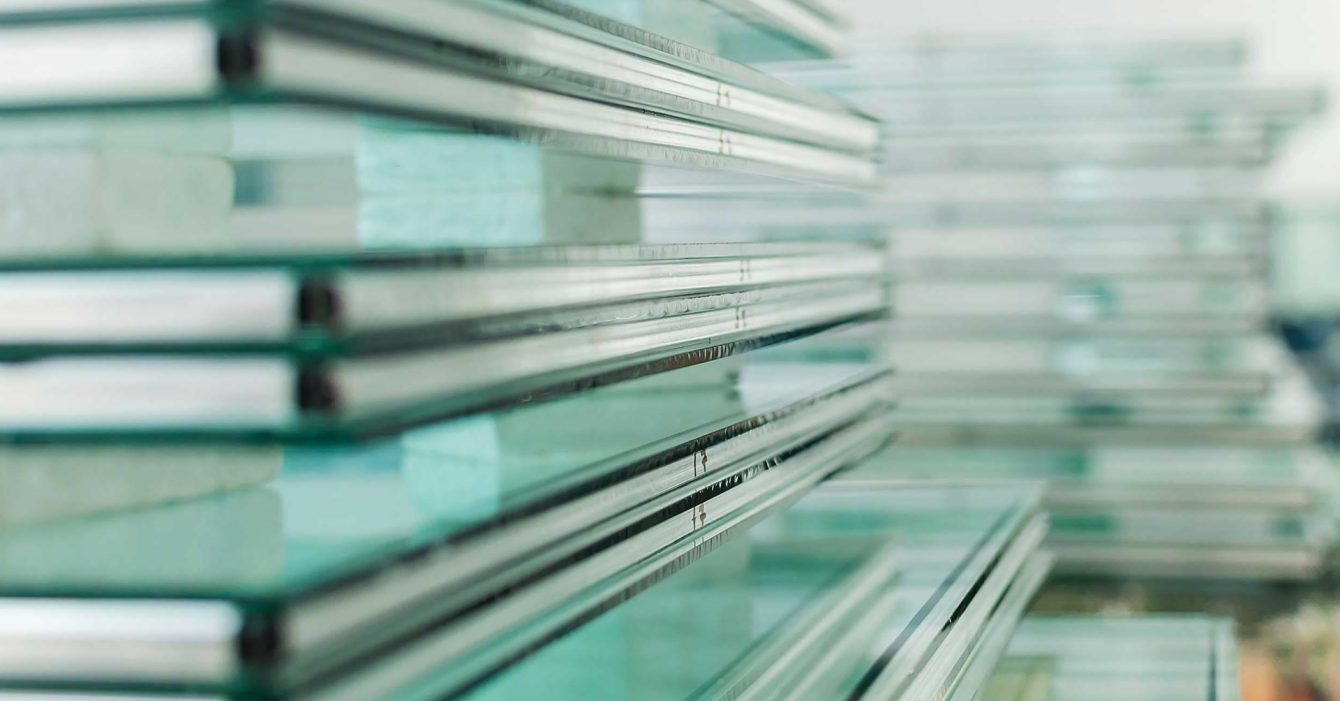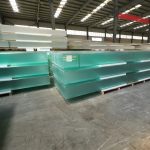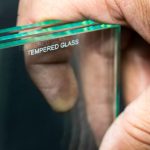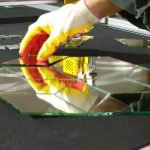By shape
1. Tempered glass is divided into flat tempered glass and curved tempered glass according to shape.
Generally, there are 12 kinds of flat tempered glass thicknesses such as 11, 12, 15, and 19mm; There are eight kinds of curved tempered glass thicknesses such as 11, 15 and 19mm, and the specific thickness after processing still depends on the equipment and technology of each manufacturer. However, curved (i.e., curved tempered) tempered glass has a curvature limit for each thickness. That is, the commonly referred to R R is the radius.
2. Tempered glass is divided into flat tempered and bent tempered according to its appearance.
3. Tempered glass is divided into excellent products and qualified products according to its flatness. High-quality tempered glass is used for automobile windshields; Qualified products are used for architectural decoration.
By process
1. Physical tempered glass is also known as quenched tempered glass. It is to heat the ordinary flat glass in the heating furnace to close to the softening temperature of the glass (600 °C), remove the internal stress through its own deformation, and then move the glass out of the heating furnace, and then use a multi-head nozzle to blow high-pressure cold air to both sides of the glass, so that it can be quickly and evenly cooled to room temperature, and tempered glass can be made. This kind of glass is in a state of internal tension and external compression, once the local damage occurs, the stress will be released, and the glass is broken into countless small pieces, these small fragments have no sharp edges and corners, and are not easy to hurt people.
2. Chemical tempered glass is to improve the strength of glass by changing the chemical composition of the surface of the glass, and the ion exchange method is generally used for tempering. The method is to immerse the silicate glass containing alkali metal ions into the lithium (Li) salt in the molten state, so that the Na or K ions on the surface of the glass are exchanged with Li ions, and the Li ion exchange layer is formed on the surface, because the expansion coefficient of Li is less than that of Na and K ions, so that the outer layer shrinks less and the inner layer shrinks more in the cooling process, when cooled to room temperature, the glass is also in the state of inner layer tension and outer layer compression, and its effect is similar to physical tempered glass.
By degree of toughness
1. Tempered glass: tempering degree = 2~4N/cm, glass curtain wall tempered glass surface stress α≥95Mpa;
2. Semi-tempered glass: tempering degree = 2N/cm, glass curtain wall semi-tempered glass surface stress 24Mpa≤α≤69Mpa;
3. Strong tempered glass: tempering degree>4N/cm.





